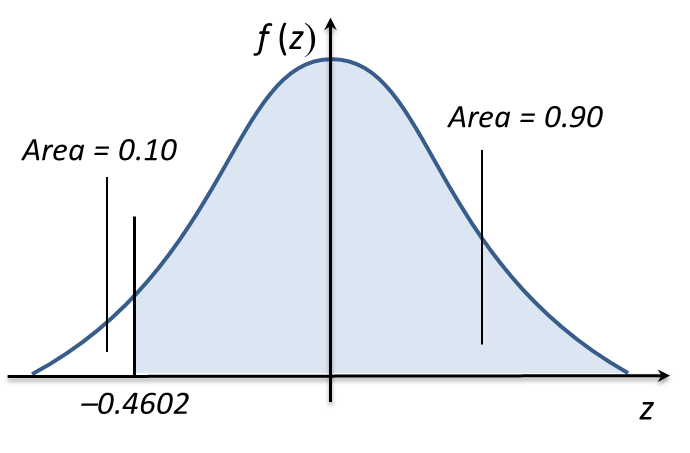Example 1:
Solution:
Example 2:
Solution:
Find the value of 7.3 × 103 + 3.2 × 104 and express your answer in standard form.
Solution:
7.3 × 103 + 3.2 × 104
= 7.3 × 103 + 3.2 × 101 × 103
= [7.3 + (3.2 × 101)] × 103
= 39.3 × 103
= 3.93 × 104
Example 2:
Find the value of 3.3 × 105 + 6400 and express your answer in standard form.
Solution:
= 3.3 × 105 + 6.4 × 103
= 3.3 × 101 × 101 × 103+ 6.4 × 103
= 330 × 103 + 6.4 × 103
= (330 + 6.4) × 103
= 336.4 × 103
= 3.364 × 105







